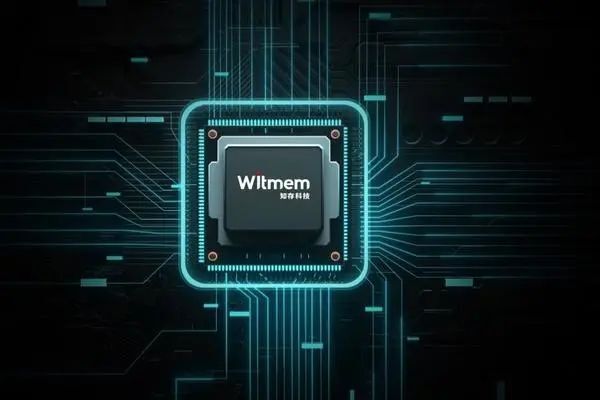WTM2101 - Ultra-low Power Implementation of NN Environment Noise Reduction Algorithm, Health Monitoring and Analysis Algorithm
Currently, most TWS devices use traditional dual or triple microphone ENC-based algorithms for voice enhancement and noise reduction. These algorithms can pick up sound directionally and reduce noise from other directions, but they also have significant drawbacks. Traditional noise reduction algorithms can cause some damage to human speech when directional pickup is achieved through phase manipulation, resulting in a muffled sound. They cannot effectively reduce noise from the same direction as the human voice, and they are not effective in high-noise environments, such as subways, trains, cafes, and roads.
NN-based environment noise reduction algorithms are more versatile and can analyze collected audio directly using the characteristics of deep learning to separate human speech from noise, improve signal-to-noise ratio, reduce environmental noise, and preserve human speech. NN environment noise reduction can work alone with a single microphone, without requiring custom tuning and testing for hardware structures, effectively reducing various environmental background noises. It can also work in conjunction with dual or triple microphone ENC algorithms for perfect noise reduction.
It is worth mentioning that the effectiveness of NN environment noise reduction algorithms is directly proportional to computational power, and currently, high-computational power algorithms require an ARM A53 or higher computational platform to run, making it impossible to run on wearable devices and TWS. However, WTM2101 perfectly solves this problem. Depending on different needs, WTM2101's internal computing unit can run different NN noise reduction algorithms ranging from tens of Mops to several Gops, with power consumption between 1mA and 3mA.
Real-time health monitoring is a major development direction for future wearable devices. Deep learning-based algorithms for blood pressure, exercise heart rate, and disease risk prediction have already had good clinical applications. Due to computational power limitations, these algorithms currently run on mobile devices (requiring an app) or in the cloud, making real-time monitoring impossible. To meet this need, Witmem Technology has collaborated closely with medical and health professionals to transplant these algorithms into the WTM2101 chip, achieving ultra-low power real-time monitoring.

评论
发表评论